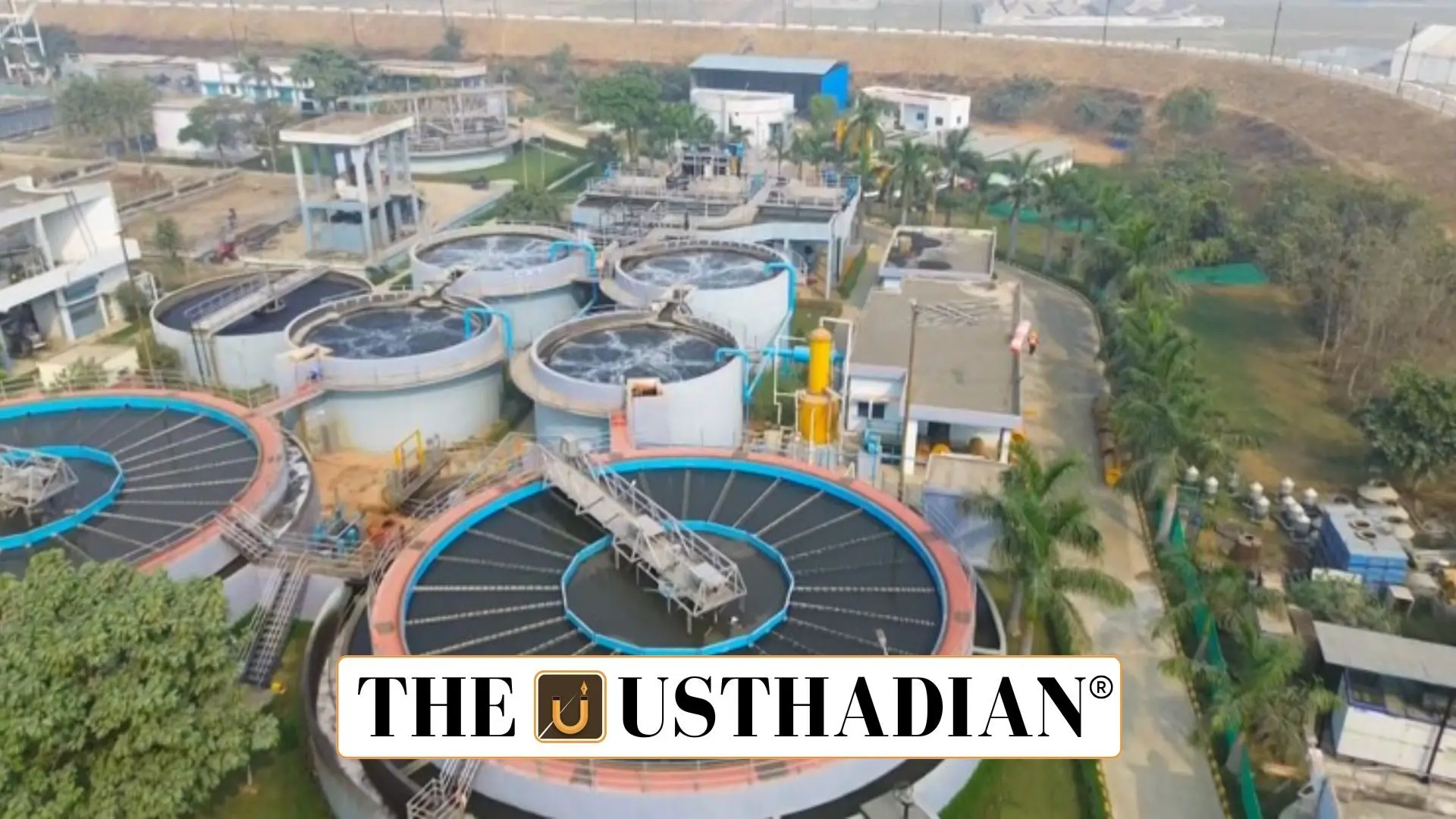A Stronger Drive for Ganga Rejuvenation
Namami Gange Mission 2.0: Renewing the Lifeline of India with Enhanced Efforts: Namami Gange Mission 2.0 (NGM 2.0) is a strengthened continuation of the flagship mission launched in 2014, aiming to restore the purity and flow of the Ganga River. Extended until March 2026, it is being implemented as a centrally sponsored scheme by the National Mission for Clean Ganga (NMCG), under the Ministry of Jal Shakti.
Goals and Broader Impact of the Mission
NGM 2.0 expands the scope of river rejuvenation beyond pollution control. It focuses on sewage treatment, riverbank development, surface cleaning, afforestation, and biodiversity conservation. The vision is not only ecological restoration but also to revive the cultural and spiritual heritage attached to the Ganga.
On-Ground Implementation and State Progress
By early 2024, the mission had approved 457 projects, with 280 already completed. 139 District Ganga Committees are active in overseeing implementation at the grassroots level. In the latter half of FY 2024–25, seven major projects in Uttar Pradesh, Bihar, and Delhi became operational, improving water treatment infrastructure and outcomes.
Expanding Sewage Treatment Capacity
A key highlight of NGM 2.0 is the establishment of 157 sewage treatment plants (STPs) with a total treatment capacity of 3,722 MLD. Major installations include a 47.70 MLD STP in Farrukhabad (₹261 crore), a 33 MLD STP in Ayodhya (₹222 crore), and plants in Bakhtiyarpur, Fatuha, and Phulwari Sharif (each between 10–15 MLD). These projects follow the DBOT model (Design-Build-Operate-Transfer) to ensure efficiency and longevity.
Asia’s Largest STP Enhancing Delhi’s Water Management
Among the mission’s top achievements is the commissioning of Asia’s largest STP in Delhi, with a 564 MLD capacity at a cost of ₹666 crore. Equipped with A2O (Anaerobic-Anoxic-Oxic) technology, it meets National Green Tribunal (NGT) norms and plays a vital role in cleaning the Yamuna River, which flows into the Ganga.
Funding Strength and Future Outlook
In FY 2024–25 alone, ₹3,184 crore was spent on completed projects, reflecting the government’s commitment to water conservation and pollution control. Namami Gange Mission 2.0 is a cornerstone in India’s broader efforts to achieve sustainable water management, urban sanitation, and river restoration.
Static GK Snapshot
Namami Gange Mission 2.0: Renewing the Lifeline of India with Enhanced Efforts:
| Aspect | Details |
| Scheme Name | Namami Gange Mission 2.0 (NGM 2.0) |
| Launched | 2014 (original); extended to March 2026 |
| Implemented By | National Mission for Clean Ganga (NMCG) |
| Nodal Ministry | Ministry of Jal Shakti |
| Total Projects (2024) | 457 (280 completed) |
| STP Capacity Achieved | 3,722 MLD across 157 plants |
| Delhi STP Highlight | 564 MLD, ₹666 crore, Asia’s largest, A2O technology |
| Total FY25 Project Spend | ₹3,184 crore |
| Notable Models Used | DBOT (Design-Build-Operate-Transfer) |
| Key Goal | Ganga pollution control and ecological rejuvenation |








